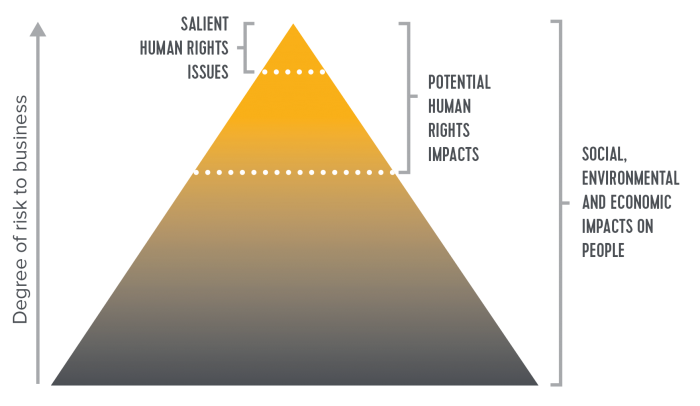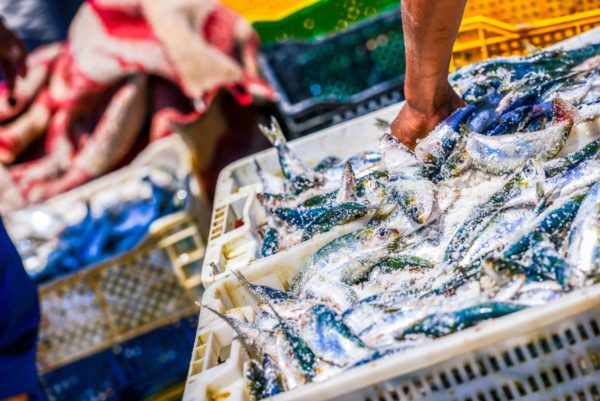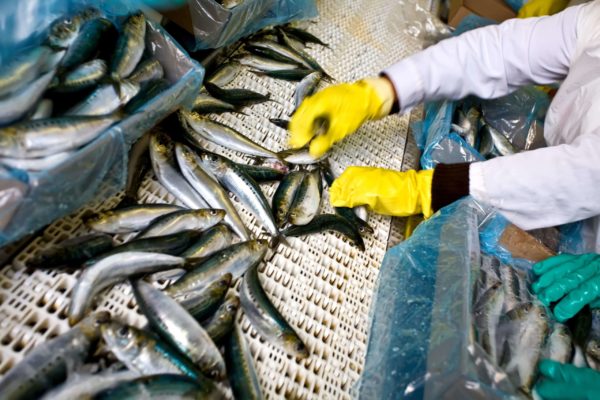ASSESS
Assess human rights risks to workers in your supply chains
Assessments help your company prioritize its social responsibility efforts. The best human rights assessments include information from different sources, including workers.
Assessments help your company prioritize its social responsibility efforts. The best human rights assessments include information from different sources, including workers.

ACTION

Seafood Alliance for Legality and Traceability (SALT)
ACTION
ACTION
ACTION
Discover how companies can apply the RISE Roadmap to improve their social responsibility practices.




Enter a few details about yourself to view this resource.